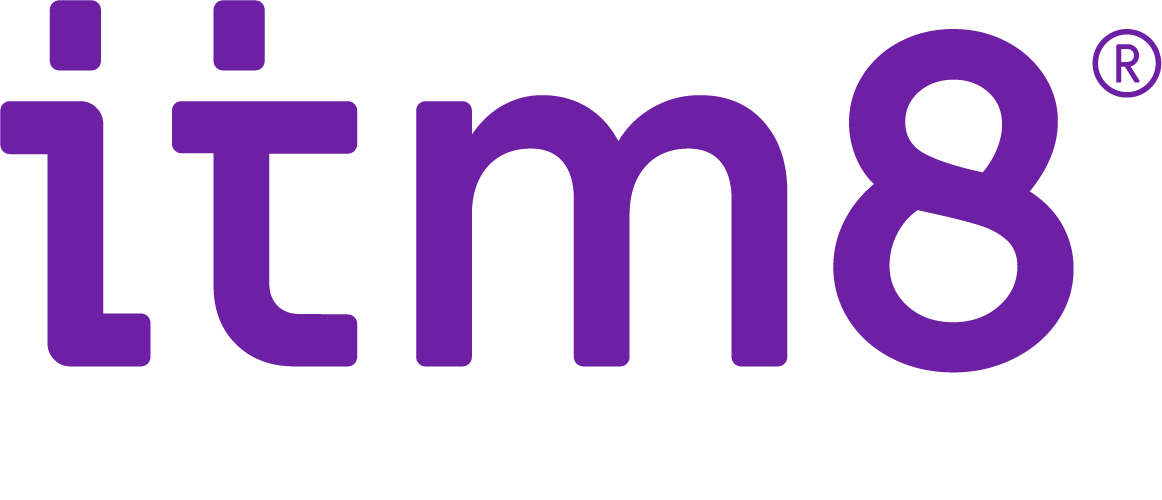Under 2019 lanserades vår egen SOC – Security Operations Center. Nu vill vi dela med oss av tips på hur ni ska hantera säkerheten på bästa sätt i en osäker och föränderlig värld. Bland annat rekommenderar Thomas Öberg, senior säkerhetskonsult inom Itm8, att säkerhetstänket ska ses som en löpande process.
Precis när vi alla drömde om att få luta oss tillbaka en stund – och njuta av en tid utan pandemi – drog allt igång igen. När dessa rader skrivs i början på 2024 har hoten tilltagit på olika fronter; inte minst inom IT. För den som inte har tagit itu med säkerheten på allvar är det hög tid att fundera på hur det ska bli framöver.
”Jag tror att den senaste tiden har varit ett uppvaknande för många organisationer. Nu förstår de att de måste satsa på säkerhet; risken är idag mindre att man återgår till ursprungsläget efter ett tag och glömmer bort frågan. Med tanke på den senaste tidens omfattande incidenter, Sveriges anslutning till NATO, nya direktiv från EU och de pågående konflikterna i omvärlden så finns det få möjligheter att undvika allvaret.” - Thomas Öberg.
Ingen med SOC har råkat ut för intrång!
För de som använder ett Security Operations Center ser det däremot bra ut generellt sett. Ingen organisation som har vår SOC har råkat ut för ett omfattande intrång eller utpressning.
”Självklart har det funnits attacker och försök från cyberkriminella, men ingen har blivit allvarligt drabbad. Vi jobbar proaktivt och städar undan hoten innan de uppstår. Ibland dyker det upp en sårbarhet på internet som banditerna utnyttjar och då reagerar vi väldigt snabbt” - Thomas Öberg.
Men vad hade hänt om de företag som har en SOC inte hade haft det? Det är ju svårt att göra en kalkyl över något man inte vill ska hända. En del organisationer ser även idag utmaningar med ROI avseende säkerhet och det är ofta personer i ledande befattningar som är tveksamma.
Det kan bli oerhört kostsamt att råka ut för ett intrång då det numera inte bara handlar om möjligheter till återställning utan även risken för informationsläckage på darknet och potentiella straff från myndigheter i och GDPR och andra nya lagar som exempelvis NIS2.
Nya tider, nya fronter
Nu är det skarpt läge i stora delar av Europa och världen – det vill säga, även i Sverige. Många organisationer inom samhällskritisk verksamhet som el, vatten, avlopp och kommunikation har fått besök av SÄPO, som har reagerat på eftersatt IT-säkerhet.
För det är faktiskt inte bara dessa organisationer som drabbas. Det finns en indirekt effekt också. Om du exempelvis är leverantör till någon som är viktig för Sveriges samhälle så måste du skärpa dig även om din egen verksamhet inte är samhällskritisk.… Hela leveranskedjan måste skärpa sig.
Ingen vet exakt vad som händer överallt just nu, men att på cybersäkerheten är viktig och att attackerna främst från Ryssland har ökat våldsamt i och med anslutning till NATO, är Thomas säker på.
”Det vi märker i vår konstanta övervakning är att angreppen har ökat lavinartat, speciellt mot de företag som kan härledas till Sverige som land. Och då har vi inte ens anslutit oss till NATO än” - Thomas Öberg.
Ett aktuellt exempel är det svenska företags om angreps och drabbades av intrång. Företaget, som tillverkar övervakningskameror, var i sig inte huvudmålet utan de ställen som använder kamerorna; till exempel Försvarsmakten.
”Man kan bara gissa vilka skador det kan leda till om ryssarna får tag i de bilder som kamerorna tar… Ett slags digitalt Spetznaz som de skulle kunna använda för att skada Sverige indirekt” - Thomas Öberg.
Behov av säker IT-infrastruktur ökar i en osäker tid
Säker IT-infrastruktur blir allt viktigare i osäkra tider. Itm8s SOC erbjuder proaktivt skydd och ständig utveckling för att hantera IT-säkerhet effektivt.





